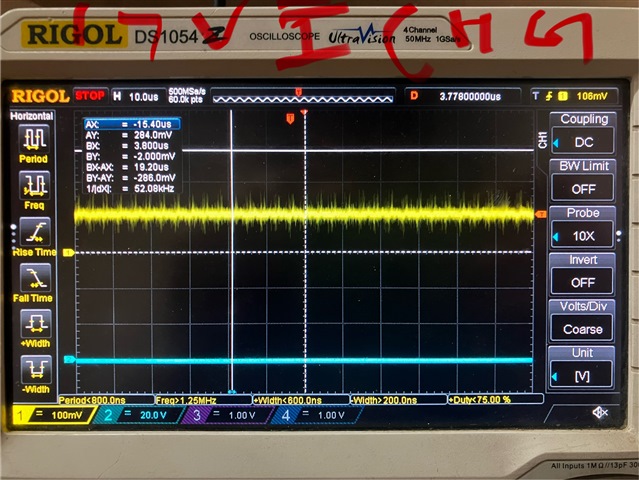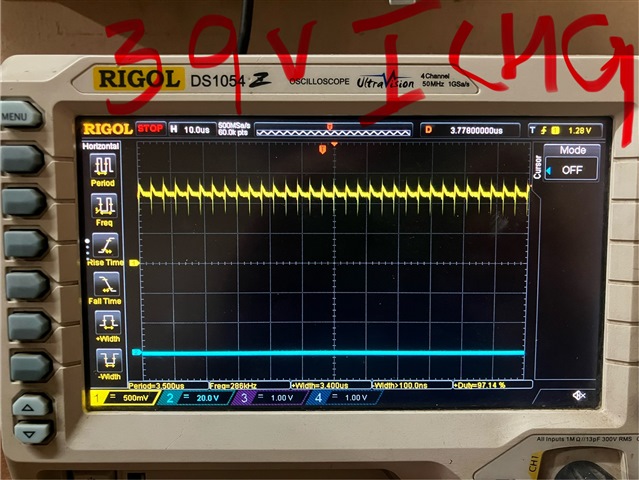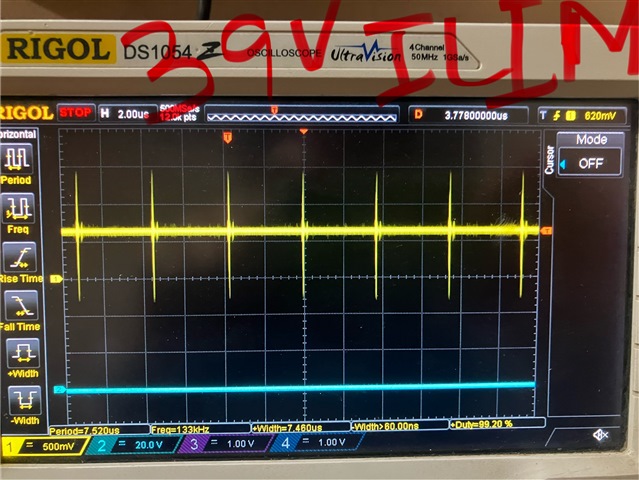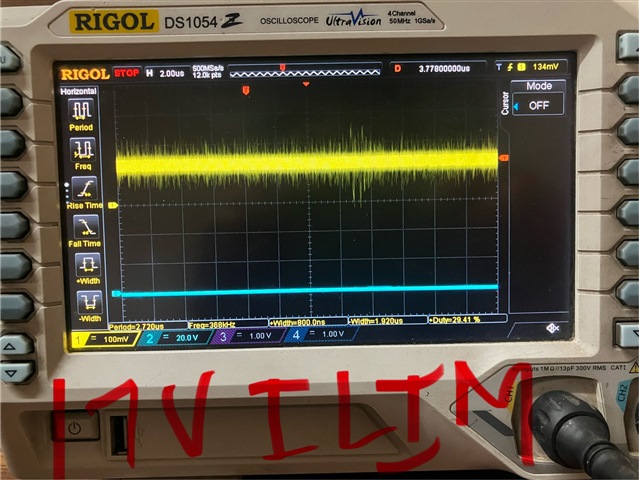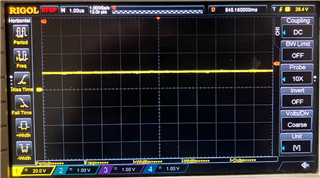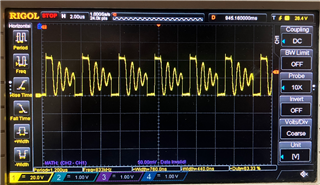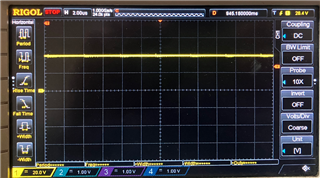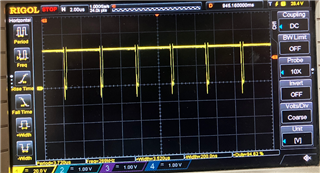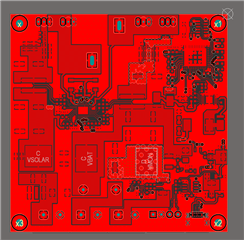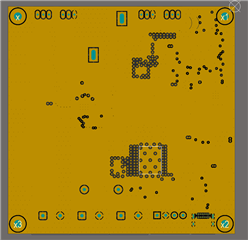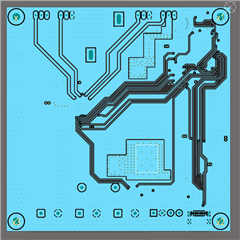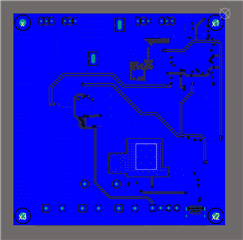Other Parts Discussed in Thread: BQ25750
Tool/software:
I have observed a strange issue. I had designed the charger to charge 38.5V 12S lifepo4 battery with charging current of about 10A. I connected the battery and input voltage was also about 45V , but it did not start charging , no switching waveform forms were observed. The drv_sup is provided externally (10V). Checking everything looks fine but it doesn’t charge. I have attached the schematics for your reference. I did the testing with only the charger components without the MCUs. All of tge 5 boards that were assembled are showing same issue. Please let me know the possible cause ASAP.PCB_S20ACCB2_REV_A.pdf


